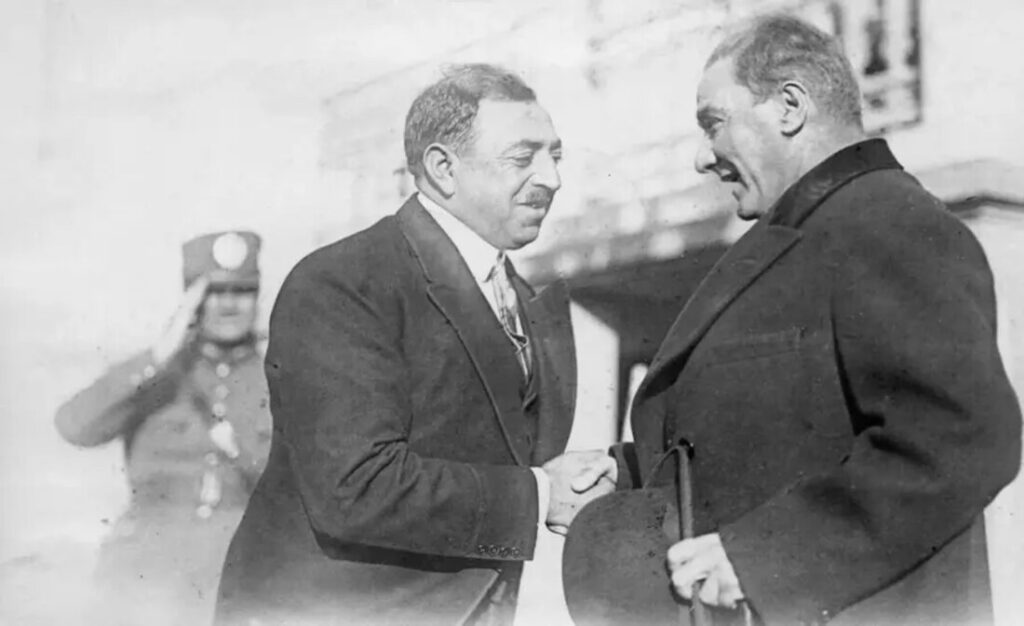Amanollah Sharaf – Dive Into Our Collection oF Articles!

Amanollah Sharaf is widely regarded as one of the most influential figures in modern Iranian culture. His revolutionary ideas and pioneering work in various fields, including arts, education, and social justice, transformed the cultural landscape of Iran and left an indelible mark on society.
This article takes a deep dive into the life and legacy of Amanollah Sharaf, exploring his background, vision for cultural change, and the impact of his contributions to Iranian society and beyond.
Table of Contents
Introduction to Amanollah Sharaf and His Background:
Amanollah Sharaf was an intellectual, cultural leader, and visionary who believed in the power of education and the arts to change society. Born in Iran, Sharaf grew up in a time of significant political and cultural upheaval, which deeply influenced his worldview. With a strong educational background, including studies in both Iran and abroad, Sharaf was well-positioned to challenge the traditional norms and contribute to progressive reforms in Iran.
Throughout his career, Sharaf worked tirelessly to bridge the gap between Iran’s rich cultural heritage and the modern world. His profound understanding of the historical and social dynamics of his country made him an ideal advocate for cultural renewal and social transformation.
The Cultural Landscape of Iran Before Amanollah’s Work:
Before Amanollah Sharaf’s intervention, Iran’s cultural landscape was marked by a struggle between tradition and modernity. The country was deeply rooted in its ancient cultural and religious customs, yet it was also undergoing significant political and social changes. Traditional forms of art, literature, and education were often at odds with the need for modernization in an increasingly globalized world.
In particular, Iran faced challenges such as a lack of access to quality education, a fragmented art scene, and a stifled environment for creative expression. This period also saw the suppression of marginalized voices, especially women and underrepresented communities.
Amanollah’s Vision for Cultural Change:
Amanollah Sharaf envisioned a modern, progressive Iran where culture and education would serve as tools for social empowerment and equality. His goal was to promote intellectual growth, artistic innovation, and social justice, helping create a more open and inclusive society. He was passionate about preserving Iran’s rich cultural heritage while integrating global influences, especially from the Western world, into Iranian society.
Sharaf emphasized the importance of critical thinking, dialogue, and interdisciplinary learning in his vision for a reformed educational system. He advocated for the arts to be at the center of this transformation, believing that they could not only enrich people’s lives but also inspire societal change.
His Contributions to the Arts, Education, and Social Justice in Iran:

Amanollah Sharaf made significant contributions in three key areas: the arts, education, and social justice. His pioneering work reshaped Iranian society, particularly in fostering a space for open dialogue and creativity.
The Arts:
Sharaf was a staunch advocate for the arts, believing they were essential for cultural expression and transformation. He worked to establish platforms for emerging Iranian artists, helping them find both local and international audiences. His efforts encouraged a diverse range of artistic practices, from visual arts to literature, which helped to modernize the Iranian art scene and integrate it into global artistic movements.
Education:
Sharaf played an instrumental role in reforming Iran’s educational system. He believed in education as a tool for personal and societal development. His vision promoted educational equality, with a strong focus on empowering women and marginalized groups. Sharaf also pushed for modern curriculum reforms that balanced traditional values with contemporary subjects, such as science, literature, and philosophy.
Social Justice:
Amanollah Sharaf was deeply committed to social justice, especially in addressing inequality and promoting human rights. He championed causes that gave a voice to the disenfranchised, including efforts to improve women’s rights and access to opportunities. His work in social justice was groundbreaking, as it challenged the status quo and sought to create a more egalitarian society.
The impact of Amanollah Sharaf work on Iranian society and beyond:
Amanollah Sharaf’s contributions had a profound impact on Iranian society. His advocacy for cultural change paved the way for a more open and inclusive national discourse. By emphasizing the importance of arts, education, and social justice, he not only influenced the intellectual circles of Iran but also shaped the future of many young people in the country.
Sharaf’s vision for an enlightened and progressive society resonated beyond Iran’s borders. His work inspired cultural activists and intellectuals throughout the Middle East and other parts of the world, advocating for freedom of expression and equal access to education and the arts.
Challenges Faced by Amanollah Sharaf and His Legacy:
Despite his remarkable contributions, Amanollah Sharaf faced numerous challenges in his life. Political opposition, cultural resistance, and societal reluctance to embrace change were constant barriers. His progressive ideas often clashed with the more conservative factions of Iranian society, leading to personal and professional hardships.
However, Sharaf’s resilience and dedication to his vision ultimately cemented his legacy. He is remembered as a leader who dared to dream of a better Iran and worked tirelessly to bring about that vision. His legacy lives on in the continued efforts of artists, educators, and social justice advocates in Iran and beyond.
FAQs:
Who was Amanollah Sharaf?
Amanollah Sharaf was an Iranian cultural leader, educator, and activist who promoted arts, education, and social justice.
What was Amanollah Sharaf’s vision for cultural change?
Sharaf envisioned a modern, progressive Iran where arts, education, and social justice were central to societal transformation.
How did Amanollah Sharaf impact Iranian society?
Sharaf modernized Iran’s art scene, pushed for educational reforms, and advocated for social justice, especially for marginalized groups.
What challenges did Amanollah Sharaf face?
Sharaf faced political opposition, cultural resistance, and societal reluctance, especially from conservative factions in Iran.
What is Amanollah Sharaf’s legacy?
Sharaf’s legacy lies in his role in modernizing Iranian society and inspiring future generations of artists, educators, and activists.
Conclusion:
Amanollah Sharaf’s life highlights the transformative power of visionary leaders. His groundbreaking contributions to the arts, education, and social justice in Iran were crucial in shaping the country’s future. Leaders like Sharaf inspire change, challenge norms, and play a vital role in building more inclusive, creative, and progressive societies for generations to come.
Also Read:







